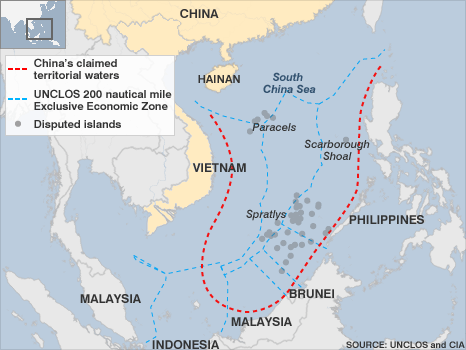Note from Jay Pinho: Below is the second guest post (as well as the second guest contributor) on The First Casualty.
Bill Clinton’s speech at the Democratic National Convention nearly three weeks ago was hailed as one of the great speeches of our time. Chris Matthews was in rare form describing Mr Clinton’s speech as “one of the greatest in convention history.” Indeed, Mr. Matthews was so impressed by the former President’s rhetoric that he not only felt confident asserting 42’s ability to reproduce on Mars, but reproducing with actual Martians. (Unfortunately, it is not yet clear whether a speech evoking the possibility of Clintonian-Martian reproduction tops a speech resulting in thrills up one’s leg.)
Jon Stewart, arguably the most powerful man in American news, lauded the President for his “amazing display of actually saying stuff.”
And it was to Stewart’s Daily Show that Mr. Clinton–a frequent guest–returned on Thursday night, doubling down on the economic principles he had espoused in Charlotte. Paramount among his economic principles is the belief that government and business should partner and work together in determining economic policy.
Mr. Clinton’s argument, of course, is nothing new. In fact, it was on the same show just last year that he provided a concrete example of a good partnership between government and business, namely Germany’s government support for the solar energy industry. Mr. Clinton proudly asserted that a country where the sun hardly ever shines–on that he’s right!–was a global leader in the production of solar energy.
Yet it should come as no surprise that Mr. Clinton no longer uses that example when advocating for partnerships between the public and private sectors. Why? Since Mr. Clinton was on the Daily Show in November 2011, four German solar companies have filed for bankruptcy–in spite of government subsidies in the industry in excess of €100 billion.
In pursuing industrial policy, governments support particular goals they deem worthwhile. But therein lies the problem. For when domestic producers cannot compete with foreign competition–as is the case with Germany’s solar industry–or when there is too little demand for products from subsidized industries, the socialization of monetary losses is finalized.
Even when support for particular industries does not fail in the ordinary sense, however, government support for particular industries distorts the market. (The nature of the market, unfortunately, is too often poorly understood, as evidenced by Mr. Stewart’s mocking of the non-existent “market fairy.” The market does not have an independent mind or will in the way a fairy might; rather, the market is merely an aggregation of individuals’ valuations about goods in society. To attack the market is to attack individuals’ valuations.)
Following, government subsidies are meant to change consumer behavior by pretending to lower the cost of goods which are not valued highly enough by individuals to be self-sustaining. (They do not lower actual costs, however, as subsidies must be paid for through tax revenues.) Or subsidies are put in place to protect national industry from competition from abroad. It goes without saying that this alleged protection also “protects” consumers from cheaper imports.
Now, steadfast opposition to market interventions–i.e. to influencing prices–does not imply that government does not have a role in creating the market framework. In fact, a capitalist economy can only function with a proper economic constitution. On the one hand, this may imply government provision of public goods, i.e. goods wherein one’s consumption neither reduces another’s consumption, nor where it is possible to exclude individuals from consuming goods. On the other hand, this also includes a functioning legal system, antitrust laws, and even state regulation. As ordoliberals like to point out: government should set up the rules for the game, it should not actively play the game.
If this were what Mr. Clinton was talking about when he advocated on behalf of a partnership between the public and private sectors, all would be well. Unfortunately, his view of public-private partnership implies government actively playing the game of the market. Indeed, America would do well to reject 42’s economic philosophy.
Mark McAdam is a football guru. When he’s not writing about the Bundesliga, he advocates on behalf of free societies. He has a Master’s degree in “Politics, Economics & Philosophy” and studied at the University of Hamburg’s Institute for Economic Systems, the History of Economic Thought and the History of Ideas.
Related articles
- Jon Stewart Commends Bill Clinton For Using ‘Facts’ And ‘Numbers’ In DNC Speech (mediaite.com)
- Bill Clinton Breaks Down DNC Speech on ‘Daily Show’ (rollingstone.com)

